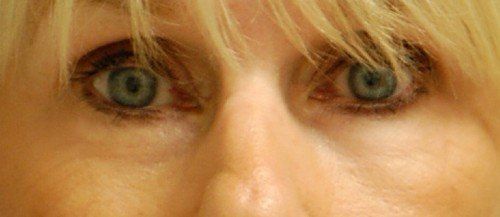Laser Skin Resurfacing
Treat your stubborn skin issues.
Lasers have revolutionized the field of skin resurfacing. In the past, lasers have been either too powerful or too weak to balance an effective treatment with a reasonable downtime. The fractional CO2 laser is a game-changer in that it provides a significant treatment result with minimal downtime. How does it do this? The laser is "pixelated" into many tiny beams that treat some areas while leaving others untreated. This allows for faster recovery. The beams of light resurface top layers of skin and heat deeper tissues to stimulate collagen production and tightening.




